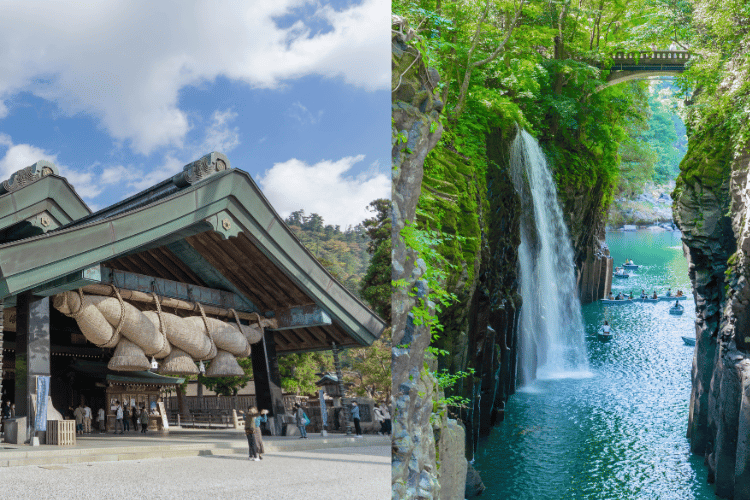The Introduction of Buddhism
Buddhism was officially introduced to Japan from the Korean kingdom of Baekje around 552 CE. Initially met with resistance from conservative clans loyal to Shinto traditions, it eventually gained support from powerful families like the Soga clan. Prince Shōtoku, a key figure in early Japanese history, championed Buddhism and helped establish temples and promote Buddhist ethics as a guiding principle for governance.
Temples and Cultural Flourishing
The Asuka and Nara periods saw the construction of Japan’s earliest Buddhist temples, many of which still stand today:



Buddhism and Shinto: Coexistence and Syncretism
Rather than replacing Shinto, Buddhism was gradually integrated into Japanese spiritual life. Temples were often built near shrines, and many deities were reinterpreted as manifestations of Buddhist figures. This blending, known as shinbutsu shūgō, allowed both traditions to coexist and evolve together.
Spotlight Column: Prince Shōtoku — The Visionary Behind Japan’s Early Buddhism
.jpg)
Prince Shōtoku (574–622 CE) is one of the most revered figures in Japanese history. Often described as a philosopher, statesman, and spiritual leader, he played a crucial role in shaping Japan’s early embrace of Buddhism.
As regent to Empress Suiko, Shōtoku promoted Buddhist teachings not only as a personal faith but as a guiding principle for governance. His famous Seventeen-Article Constitution emphasized harmony, respect, and moral leadership—values deeply rooted in Buddhist philosophy.
He also commissioned the construction of Hōryū-ji, one of the world’s oldest surviving wooden structures, which still stands today in Nara Prefecture. The temple served as both a religious center and a symbol of Japan’s openness to continental ideas.
For travelers interested in Japan’s spiritual and political origins, visiting Hōryū-ji offers a rare glimpse into the architectural and philosophical legacy of a man who helped define a nation.
Takeaway
The arrival of Buddhism in Japan marked a turning point in its cultural and spiritual development. Far from being a simple religious import, Buddhism reshaped art, politics, and daily life, while harmonizing with existing Shinto beliefs. Here are the key insights from this episode:
- Buddhism was introduced from Korea in the 6th century and supported by influential figures like Prince Shōtoku.
- The Asuka and Nara periods saw the construction of iconic temples such as Hōryū-ji and Tōdai-ji.
- Buddhism and Shinto coexisted through a process of syncretism, enriching Japan’s spiritual landscape.
FAQ
Was Buddhism immediately accepted in Japan?
No. It faced opposition from traditional Shinto clans but gained acceptance through political support, especially from Prince Shōtoku.
Can tourists visit these ancient temples today?
Yes! Temples like Hōryū-ji and Tōdai-ji are open to the public and offer rich historical and architectural experiences.
Is Buddhism still practiced in Japan?
Absolutely. While many Japanese people blend Buddhist and Shinto practices, Buddhism remains a major spiritual tradition with temples active across the country.








.png)



.jpg)









